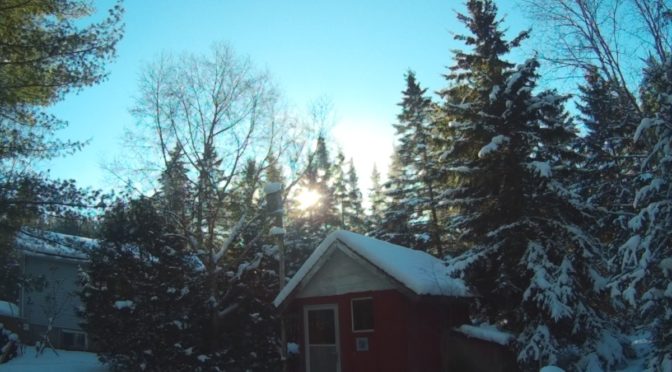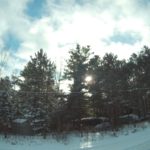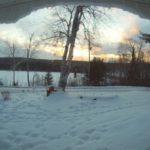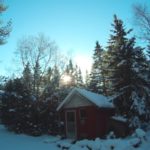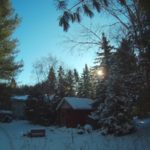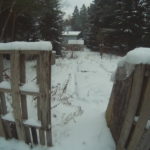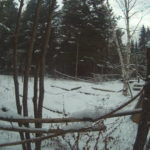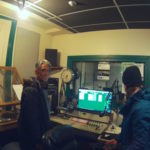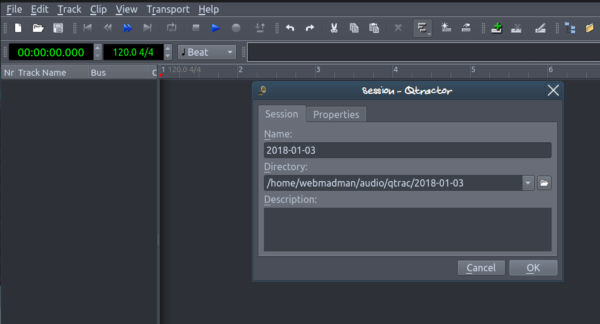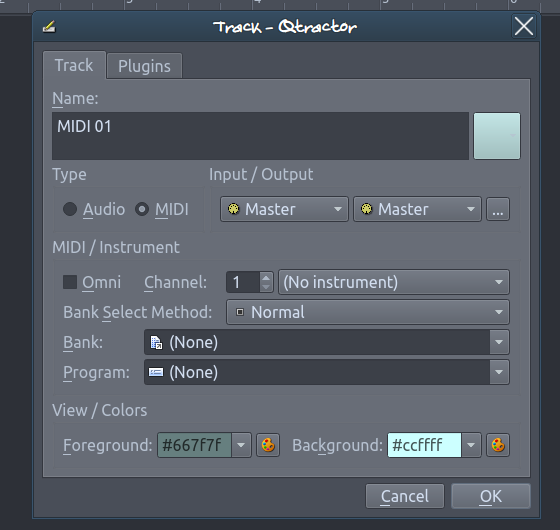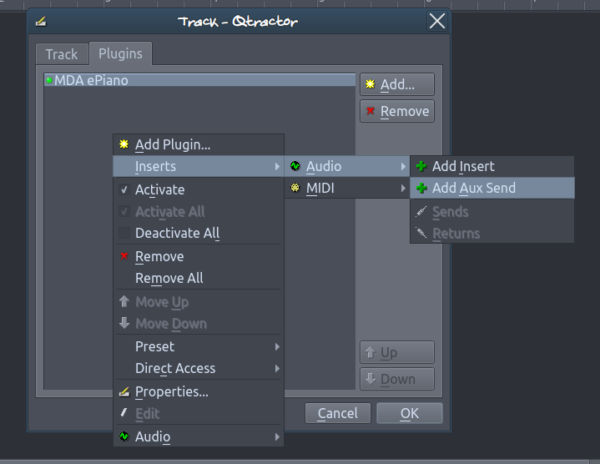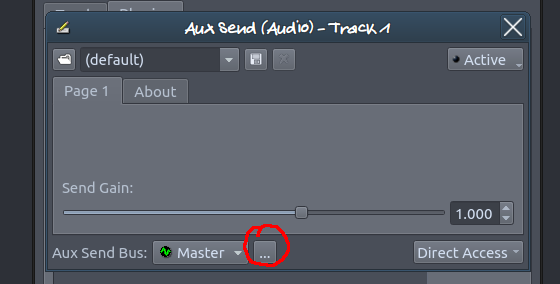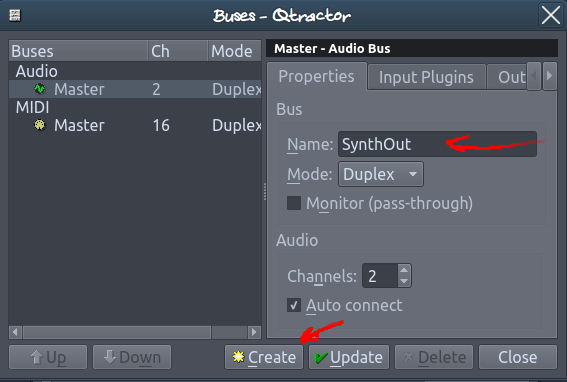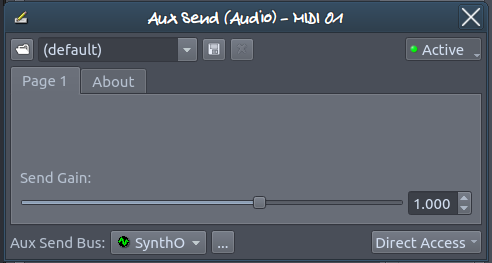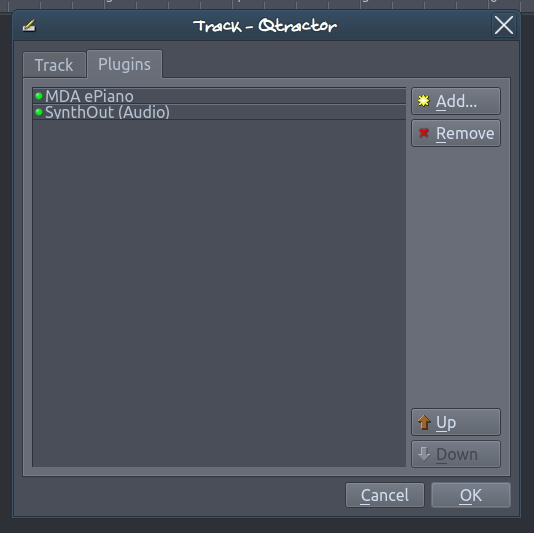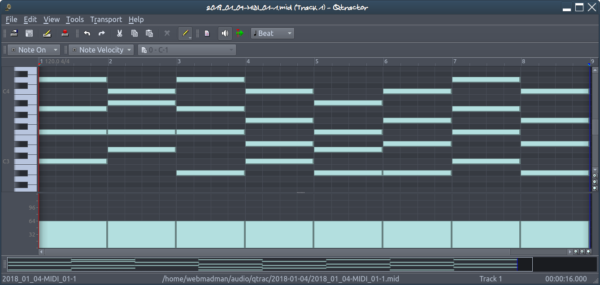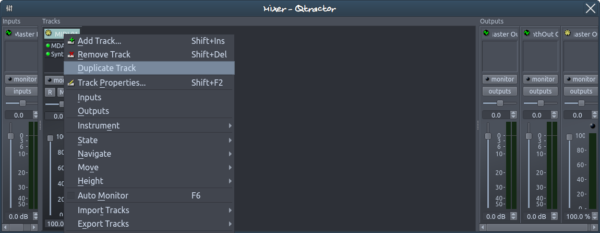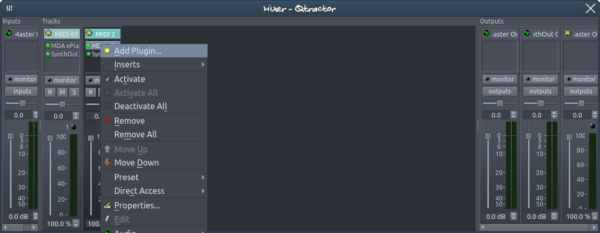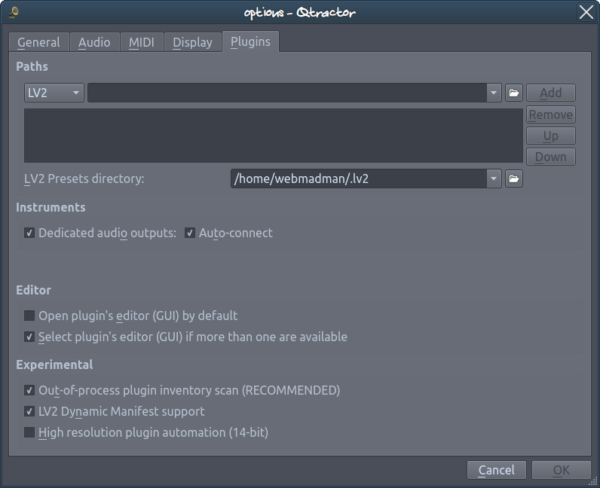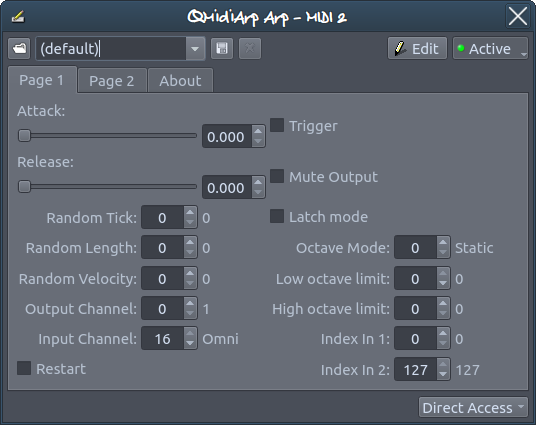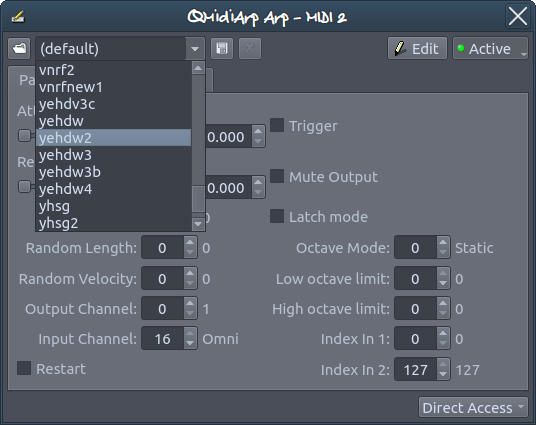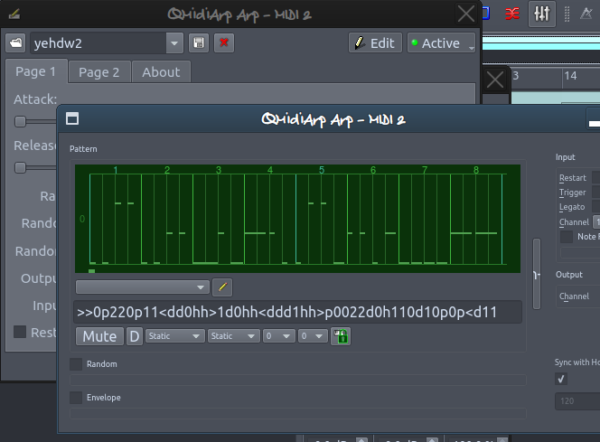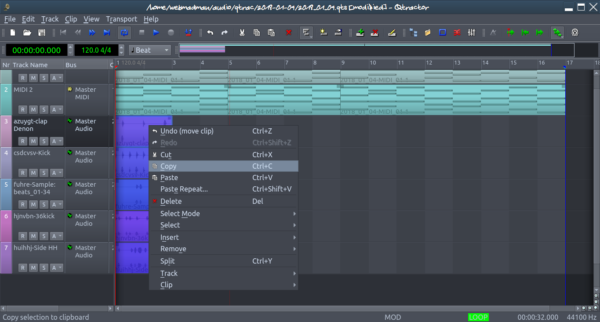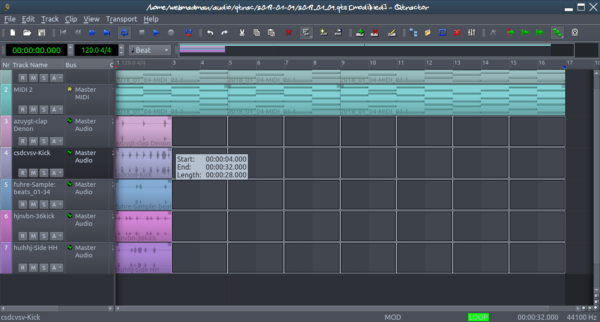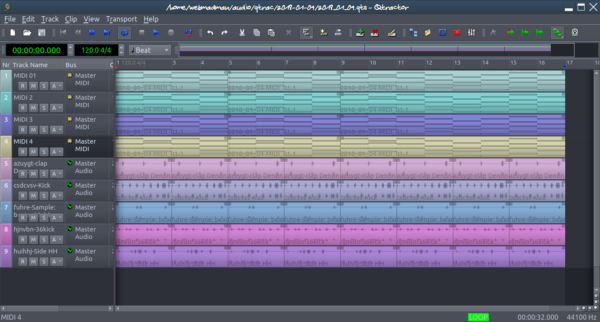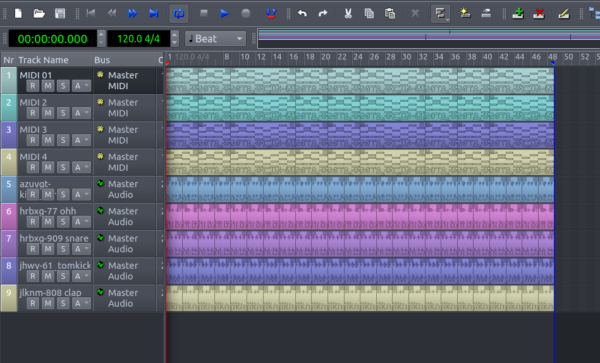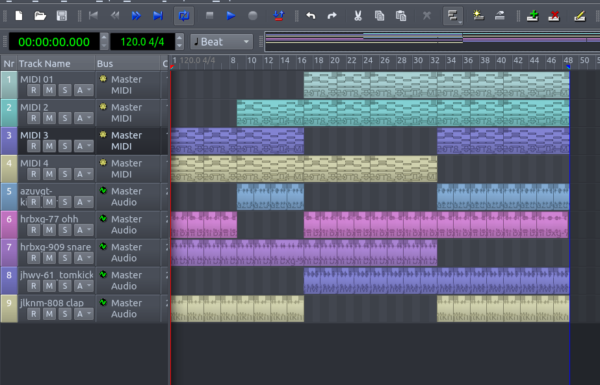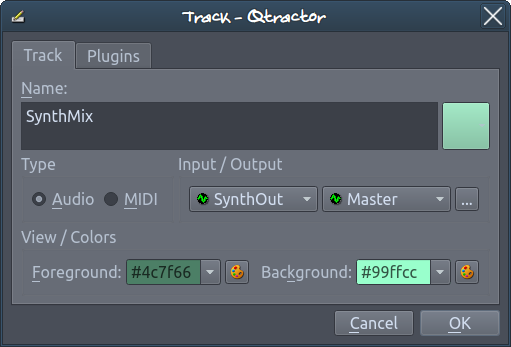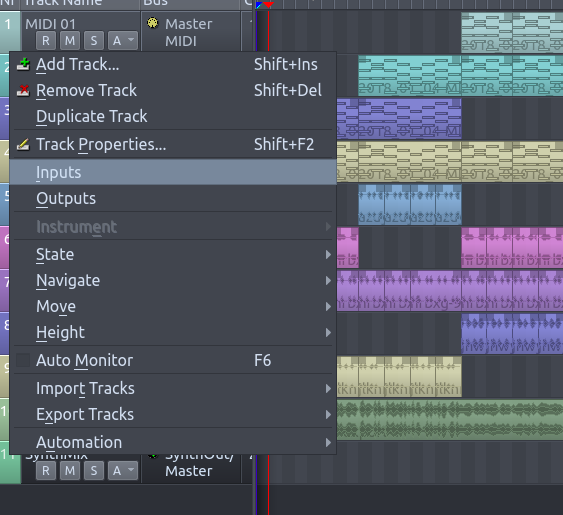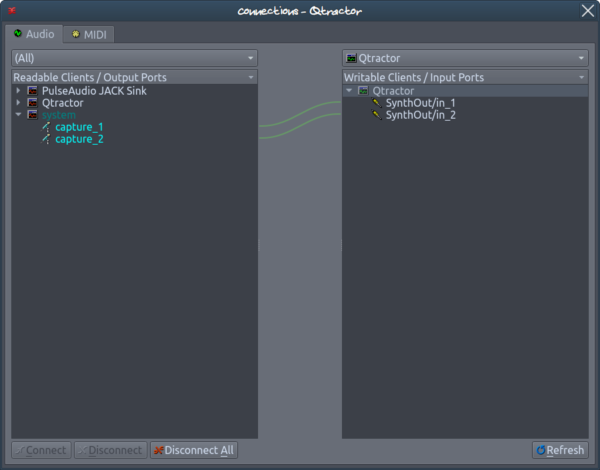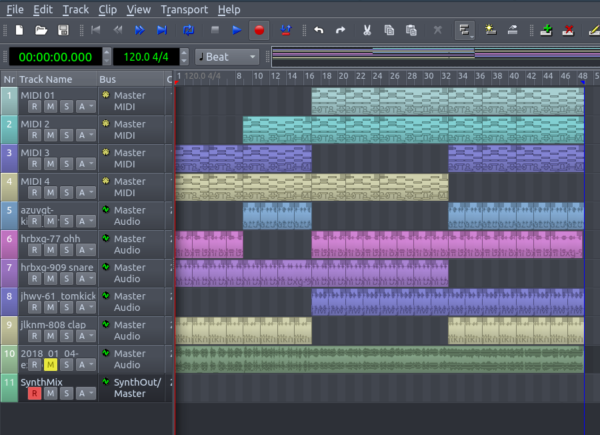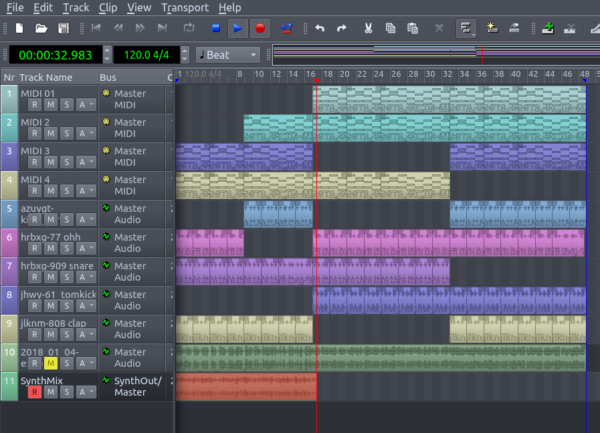UPDATE: I have come up with a name for the song- Learn to Turn
I’ve been working on piece with a chord pattern inspired by the song Jody’s Dream by Michael Morritt.
A while ago, I contacted Michael to ask about some of his songs- there’s an emotional quality to Michael’s songwriting that I really appreciate, and I was looking for an uncommon, and personal, influence.
Here’s a great video of a performance he gave in Dublin, this link starts at 9:12, where he starts “Held”, it’s a good example of the emotional intensity I find appealing in Michael’s work-
https://youtu.be/TdsPO8ZsIpY?t=9m12s
The only copy of Jody’s Dream online, that I know of, is on his MySpace page- https://myspace.com/michaelmorritt, but I can’t get it to play- MySpace gives me hope that Facebook may come crashing down someday and we all move onto something better 😉
You can find a good chunk of Michael’s music on his Soundcloud- https://soundcloud.com/michaelmorritt
Taking the chord progression, and following an intuitive “what happens when I try this”, I shifted the key a bit and fleshed out a musical base for a song-
http://sketchbin.webmadman.net/2017/progression01-export-3.mp3
Jody’s Dream has some very poignant lyrics, and I sat with the emotional intensity, but shifted the perspectives and concerns a bit. After some time of kneading my heart, words started bubbling up and form little ear worms wiggling around my head. After some trial and error, I managed to get an vocal sketch done-
http://sketchbin.webmadman.net/2017/2018_01_12-export-3.mp3
I haven’t named it yet, I’m giving Michael an opportunity first.
It’s called Learn to Turn
The lyrics-
Learn to Turn
frost furred leaves crumple under foot
the sound scrapes against the crisp morning air
I watch the shape of my breath
and think about the affects of the words I share
when we gonna learn to turn our means to better ends
to begin to see the need on which it all depends
hearts breaking on the steepest curve
an endless pull on the deepest nerve
Taylor and Jake are at it again up on the third floor
the rage and frustration, well, you know, we’ve heard it all before
A silence made monster that’s clearly holding sway
hidden in the shape of what they never say
can they make it through
figure out just what to do
there was a gathering in a clearing once
an attempt to balance on a certain line
the storm may have ebbed
but the bill for the damage has yet to arrive
and the ramifications continue to ripple through
There was ice in the rain that fell last night
The season’s shift is crystalline and dangerous
“smells like emotion” someone railed in disgust
intimacy can be tricky when it’s more than just us
We’re over the crest and into the valley
It’s hiding in the corners of our collective back alley
It’s more than a jest but has no market value
but when put to the test, there’s always something that’s still you
when we gonna learn to turn our means to better ends
to begin to see the need on which it all depends
hearts breaking on the steepest curve
an endless pull on the deepest nerve
could we make it through
figure out just what to do
to end these circles
of always ending
We’re over the crest and into the valley
It’s hiding in the corners of our collective back alley
It’s more than a jest but has no market value
but when put to the test, there’s always something that’s still you
Kristan spoke with words that would move
but so few turned to look before she had to leave
Cleared her throat in a quiet way,
left the space for what she didn’t say
there’s an answer to a question that is never ending when you let it
but getting caught in a certain course can get stuck in a mighty tough bit
a knowing look that says what words can get all wrong
some folks they have a weakness for playing it strong
We’re over the crest and into the valley
It’s hiding in the corners of our collective back alley
It’s more than a jest but has no market value
but when put to the test, there’s always something that’s still you
when we gonna learn to turn our means to better ends
to begin to see the need on which it all depends
hearts breaking on the steepest curve
an endless pull on the deepest nerve
Can we fill it in complete,
a moment of the real with us
a kind of feeling through the rush
that tells us that we’re here to touch
soul to soul to soul to soul

